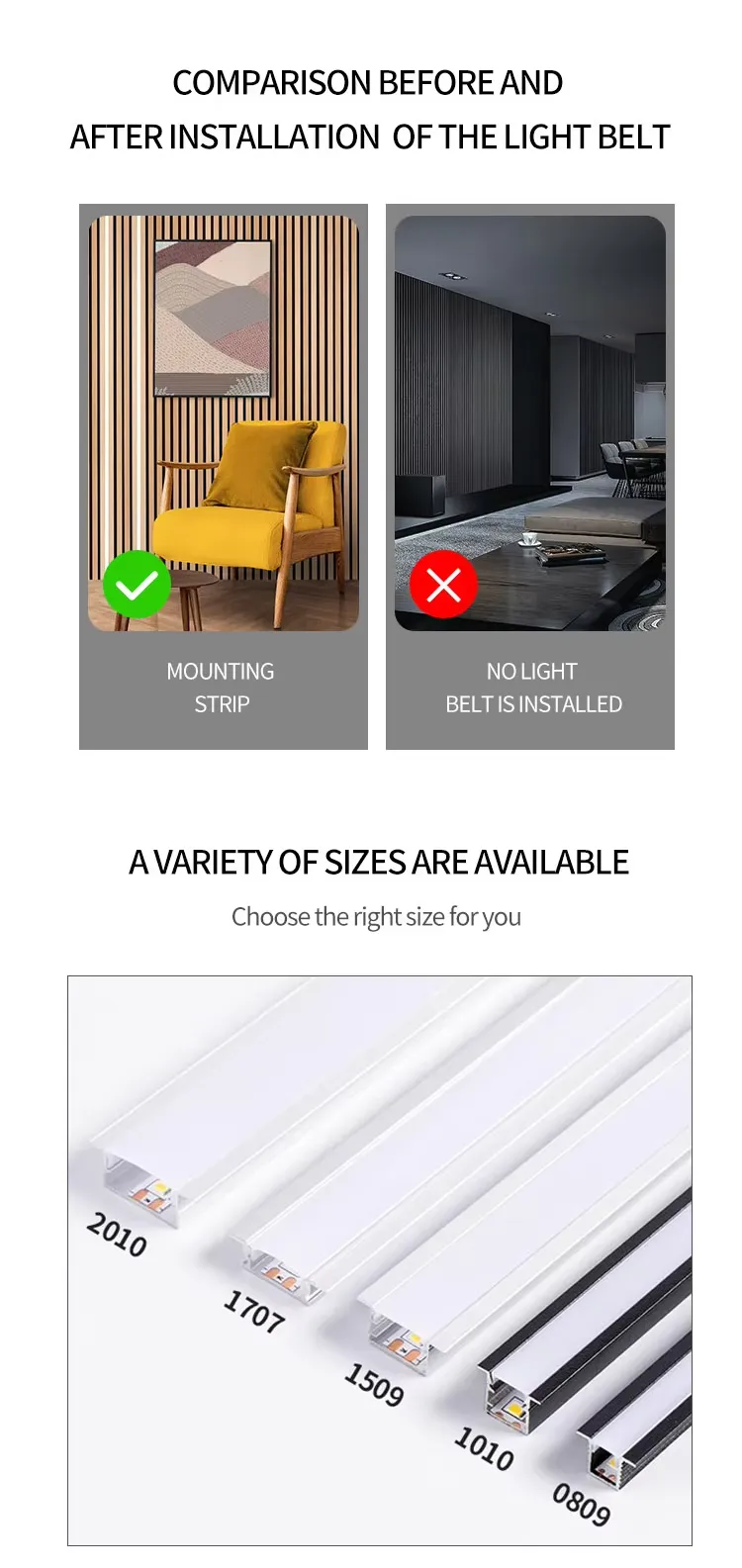Heat Resistant Wall Panels for Fireplaces An Essential Guide
When it comes to creating a cozy ambiance in a living space, few elements can rival the warmth and charm of a fireplace. However, safety and practicality must accompany the aesthetic appeal of a fireplace. One of the most effective ways to ensure a safe and appealing fireplace environment is to utilize heat resistant wall panels. This article will discuss the importance, benefits, types, and installation of heat resistant wall panels for fireplaces.
Importance of Heat Resistant Wall Panels
Fireplaces generate a significant amount of heat, which poses potential risks to surrounding structures if not properly managed. Heat resistant wall panels serve as a protective barrier, preventing heat transfer to the walls, reducing the risk of fire hazards, and extending the lifespan of your fireplace installation. In addition, these panels enhance the overall aesthetic of the fireplace, making it a stylish focal point in your home.
Benefits of Heat Resistant Wall Panels
1. Safety The most crucial benefit of using heat resistant wall panels is enhanced safety. These panels are designed to withstand high temperatures, thus minimizing the risk of fire spreading to other materials in your home. They ensure that even prolonged exposure to heat does not damage the walls or compromise household safety.
2. Durability Made from high-quality materials, heat resistant wall panels are built to last. They are resistant to warping, cracking, and discoloration, which can occur with regular drywall or wood paneling when exposed to excessive heat.
3. Aesthetic Appeal Modern heat resistant wall panels come in various designs, textures, and colors. This variety allows homeowners to choose styles that complement their existing décor, making the fireplace a stylish and dynamic centerpiece.
4. Easy Maintenance Unlike traditional wall materials, which may require frequent painting or repairs due to heat damage, heat resistant panels typically require less maintenance. Most can be easily cleaned with a damp cloth, ensuring that they remain visually appealing without significant effort.
5. Energy Efficiency Some heat resistant wall panels are designed with insulating properties, providing additional thermal resistance. This can help keep your home warmer in winter, potentially lowering heating bills.
Types of Heat Resistant Wall Panels
1. Ceramic and Stone Panels These materials are exceptionally heat resistant and can withstand high temperatures. Stone and ceramic panels often have a classic look, enhancing the fireplace's timeless appeal.
heat resistant wall panels for fireplace

2. Steel Panels Metal panels, particularly those made of stainless steel, are highly durable and can reflect heat away from the wall. They offer a modern aesthetic and are easy to clean.
3. Glass Panels Tempered glass provides an elegant finish while being heat resistant. Glass panels can create an illusion of open space and enhance the brightness of the room.
4. Fireproof Drywall Specifically designed for high heat areas, this type of drywall contains special additives that improve its fire-resistant properties, making it a popular choice for residential fireplaces.
Installation of Heat Resistant Wall Panels
Installing heat resistant wall panels can be a straightforward process, but it's important to follow specific guidelines to ensure maximum safety and effectiveness
1. Preparation Before installation, ensure the wall is clean and dry. Remove any existing materials that may not provide adequate insulation or fire resistance.
2. Measurement and Planning Take accurate measurements of the area where the panels will be installed. This planning helps in purchasing the right amount of material and allows for seamless installation.
3. Installation Depending on the type of panel chosen, techniques may vary. Following the manufacturer's instructions is crucial. Typically, panels can be adhered directly to the wall with heat-resistant adhesives or mounted on a frame for easier removal and replacement.
4. Finishing Touches Once installed, inspect the panels for any gaps or imperfections. Sealing edges can further enhance the fire-resistant properties and present a polished final look.
Conclusion
Heat resistant wall panels are not only essential for ensuring safety around fireplaces but also add aesthetic value to your home. By understanding their benefits, types, and installation processes, you can make informed decisions that enhance your fireplace experience. Investing in quality heat resistant panels guarantees that your fireplace will remain a centerpiece of warmth and charm for years to come.
